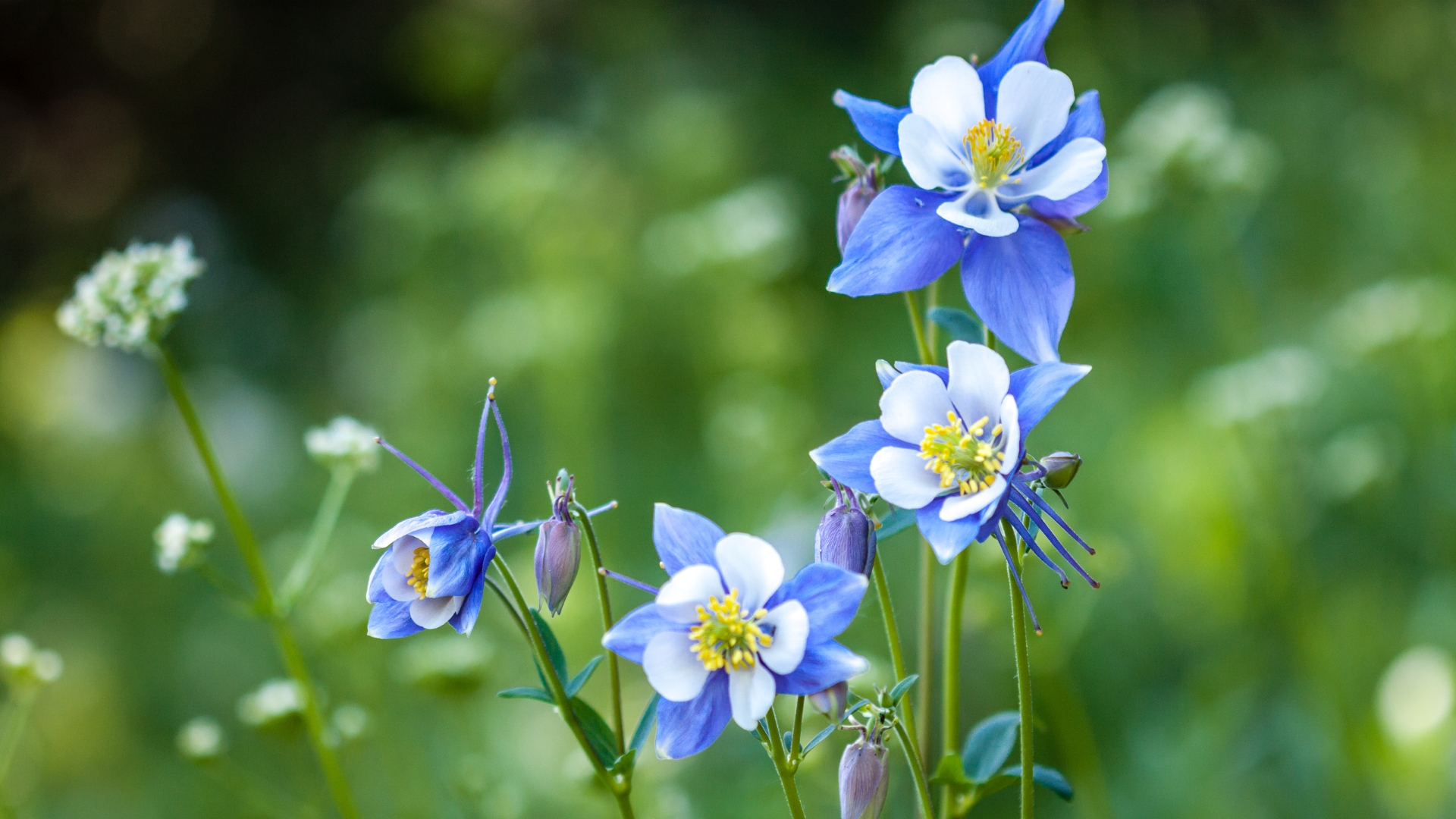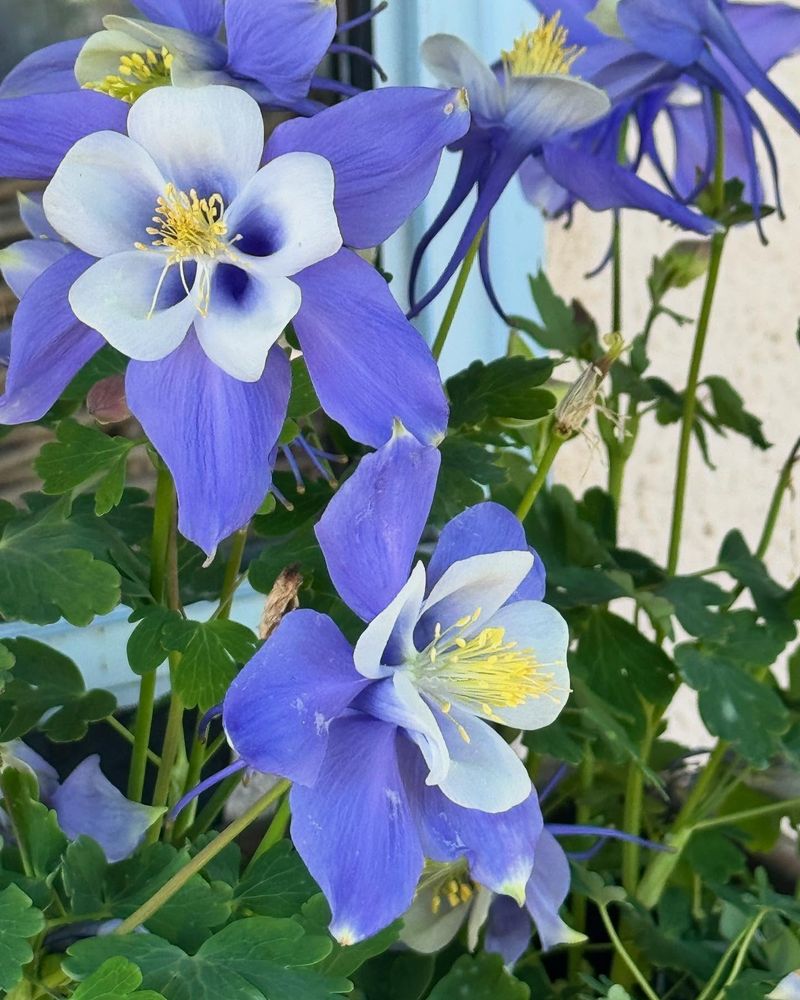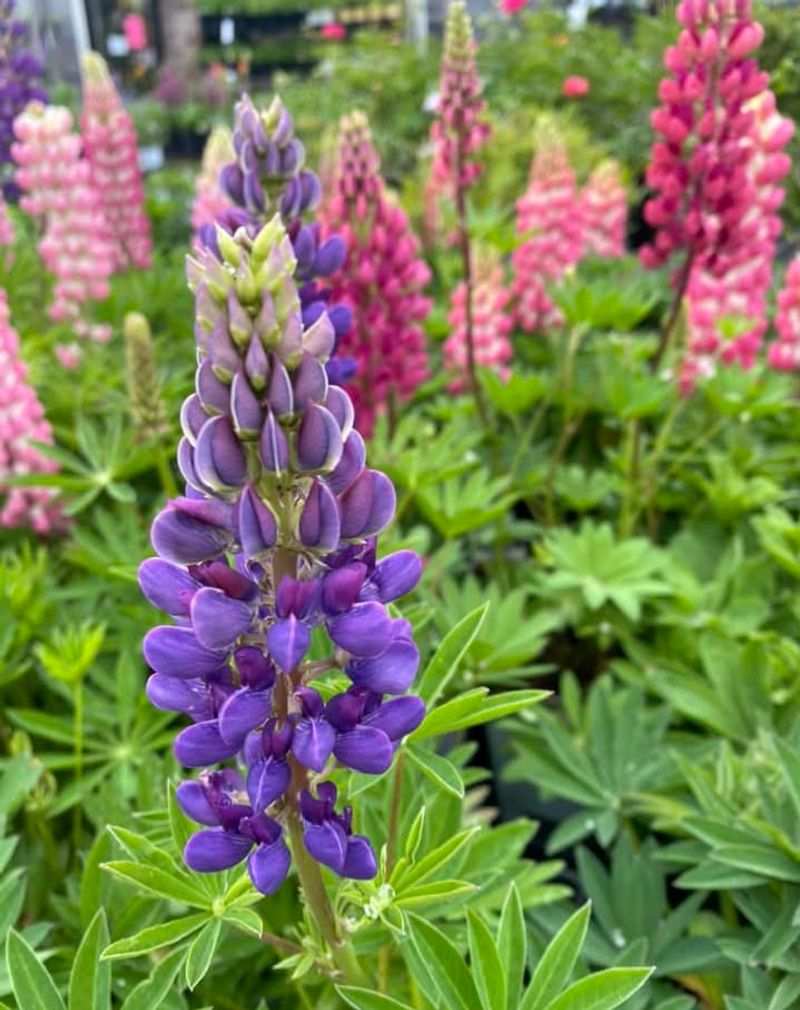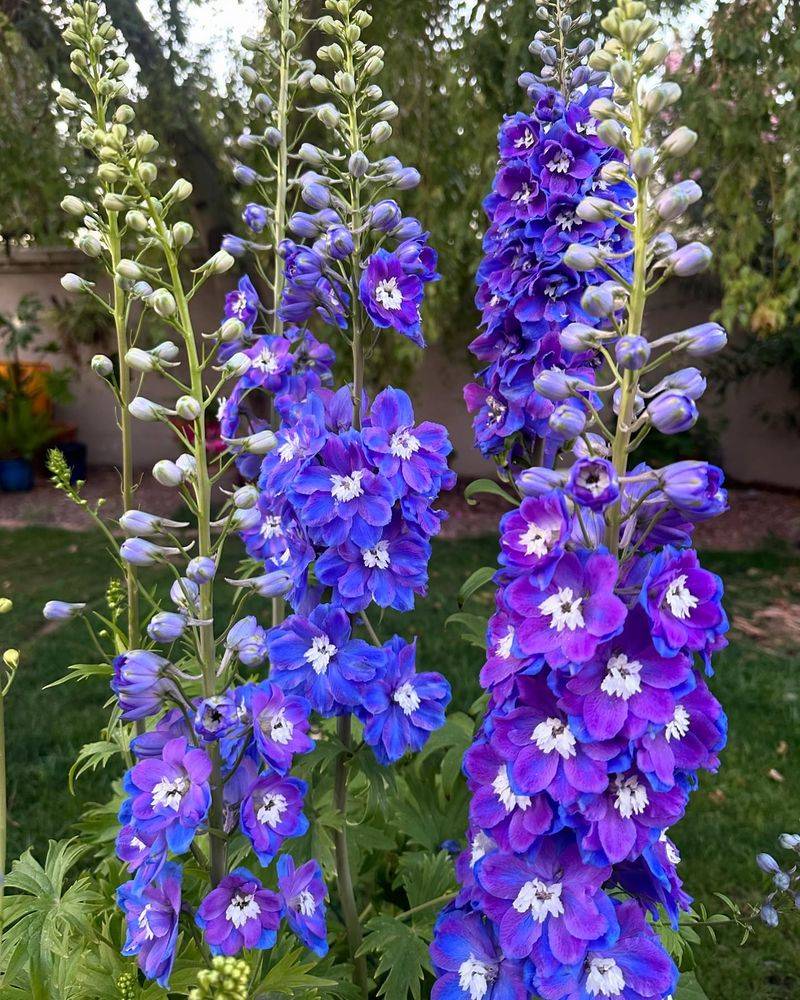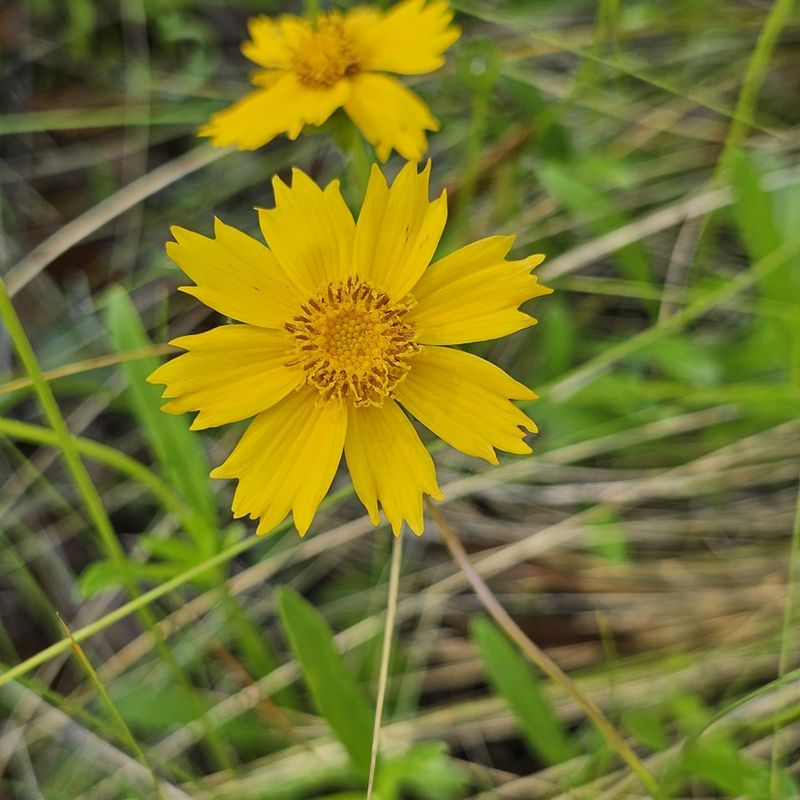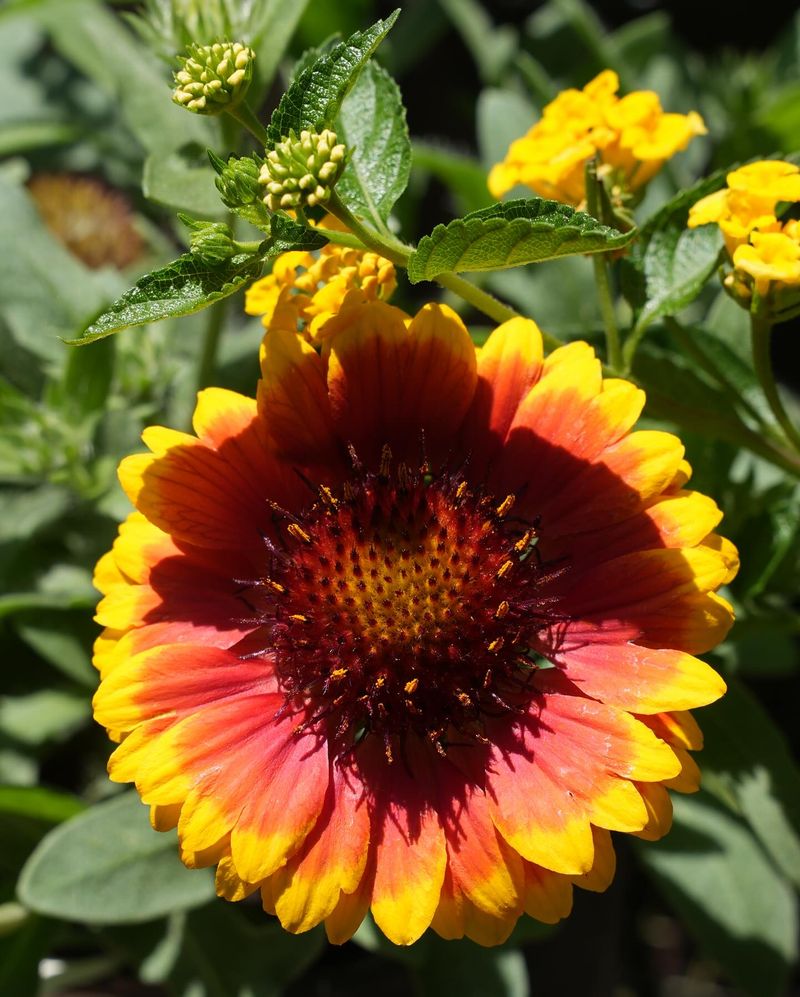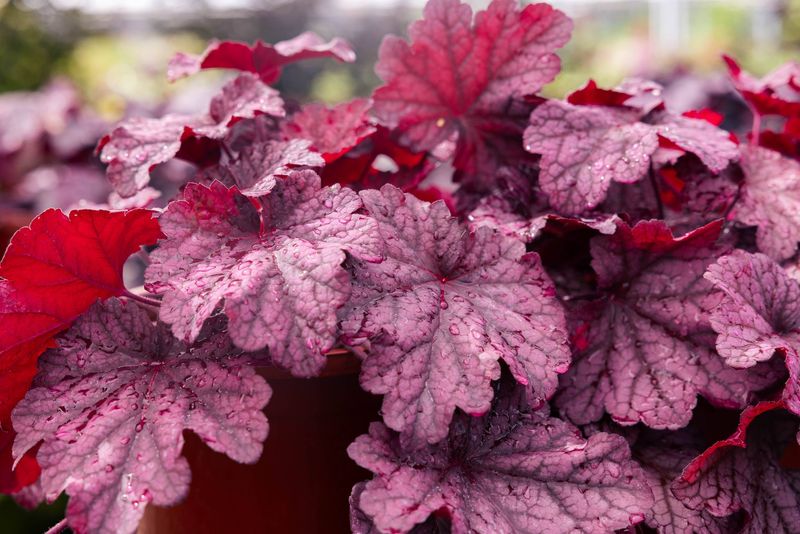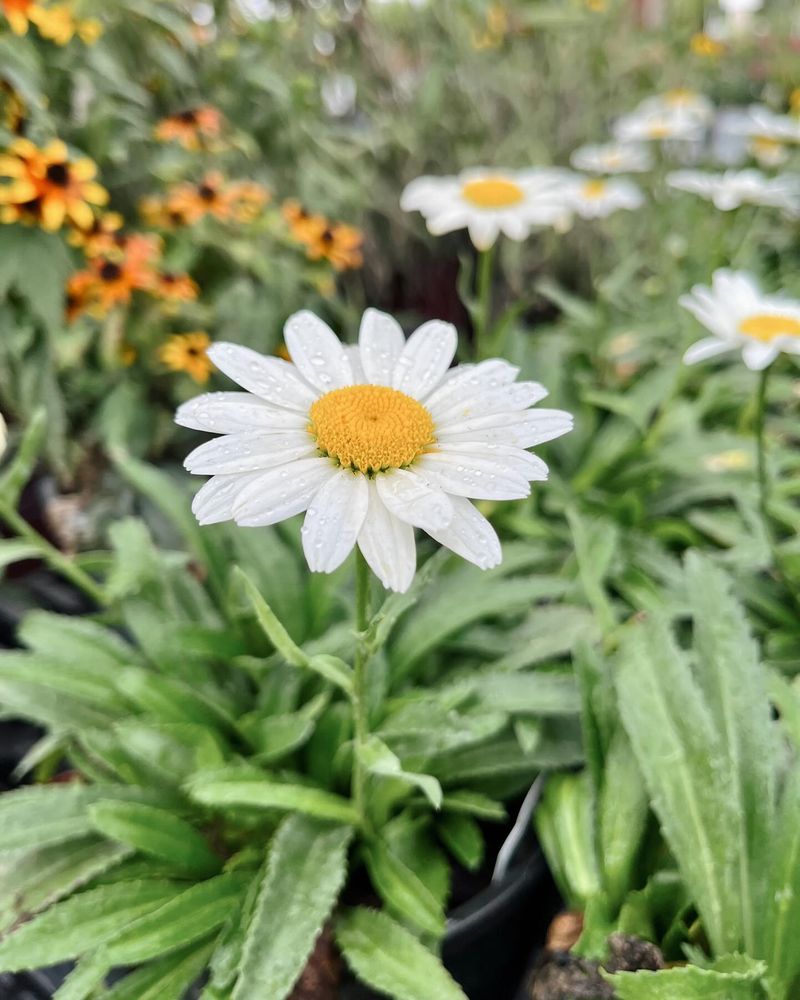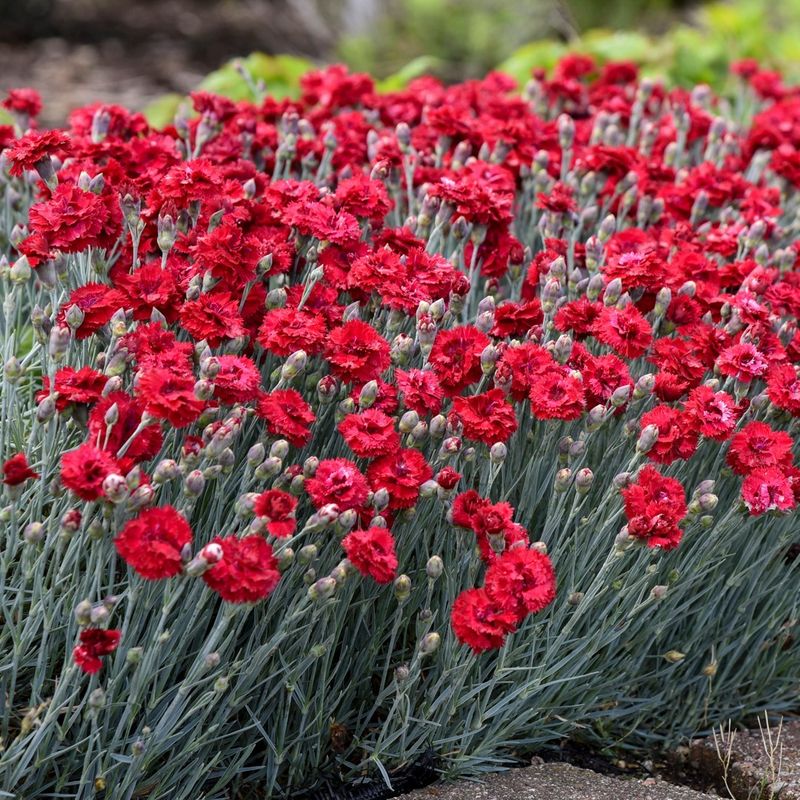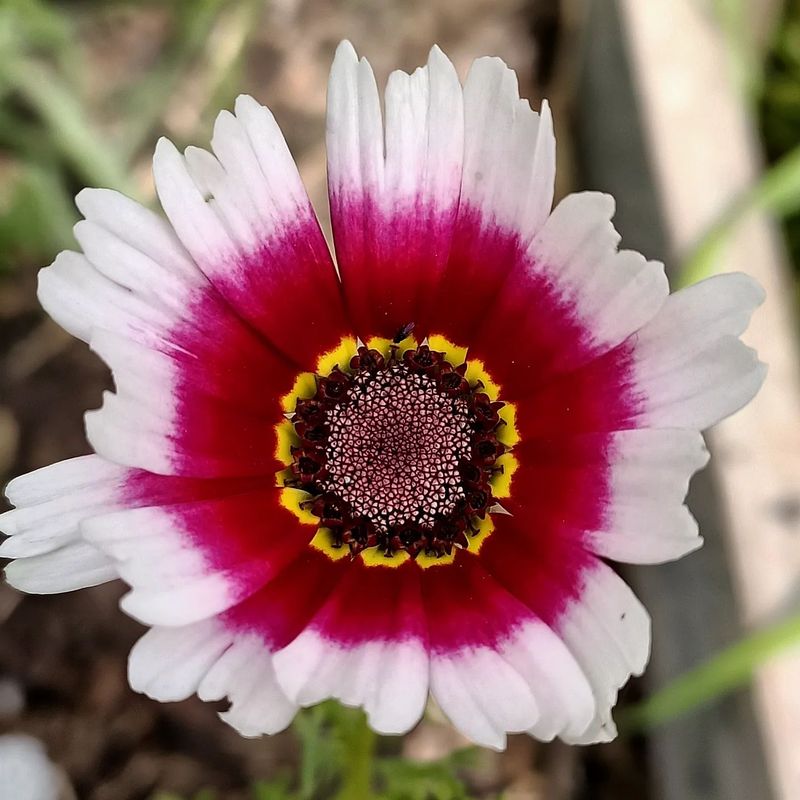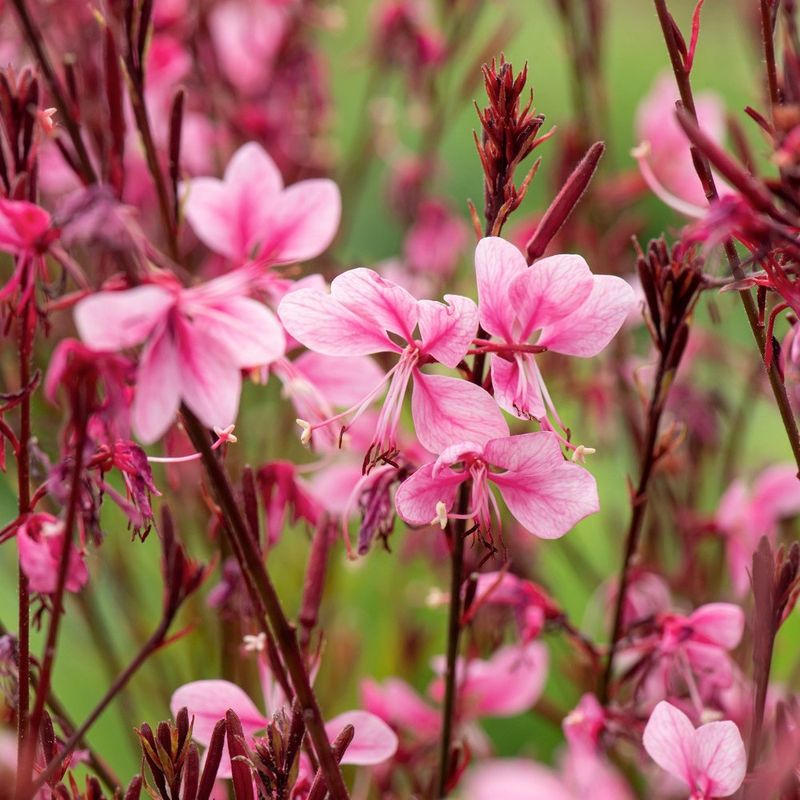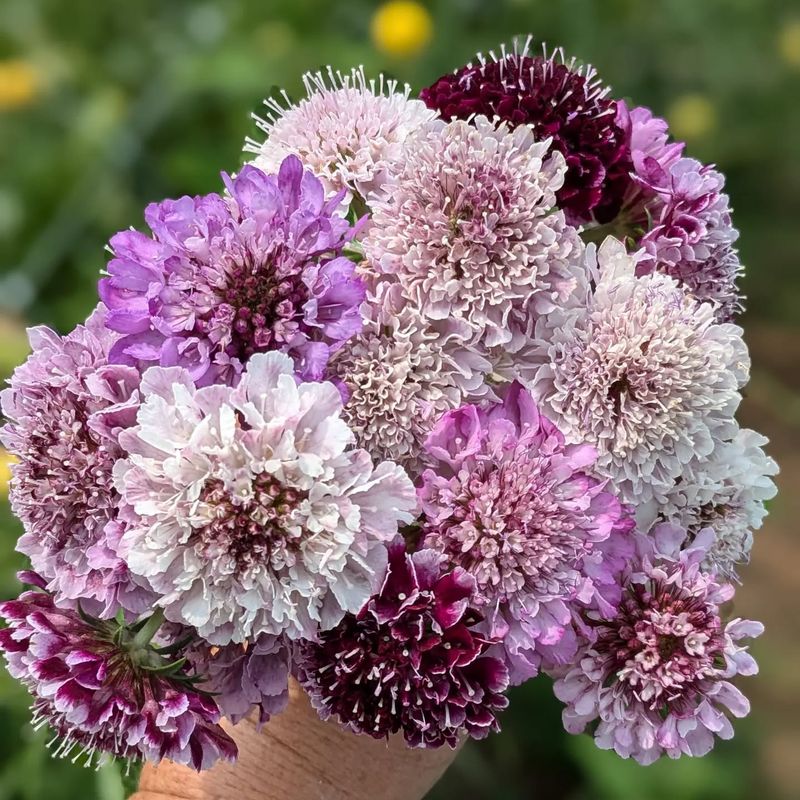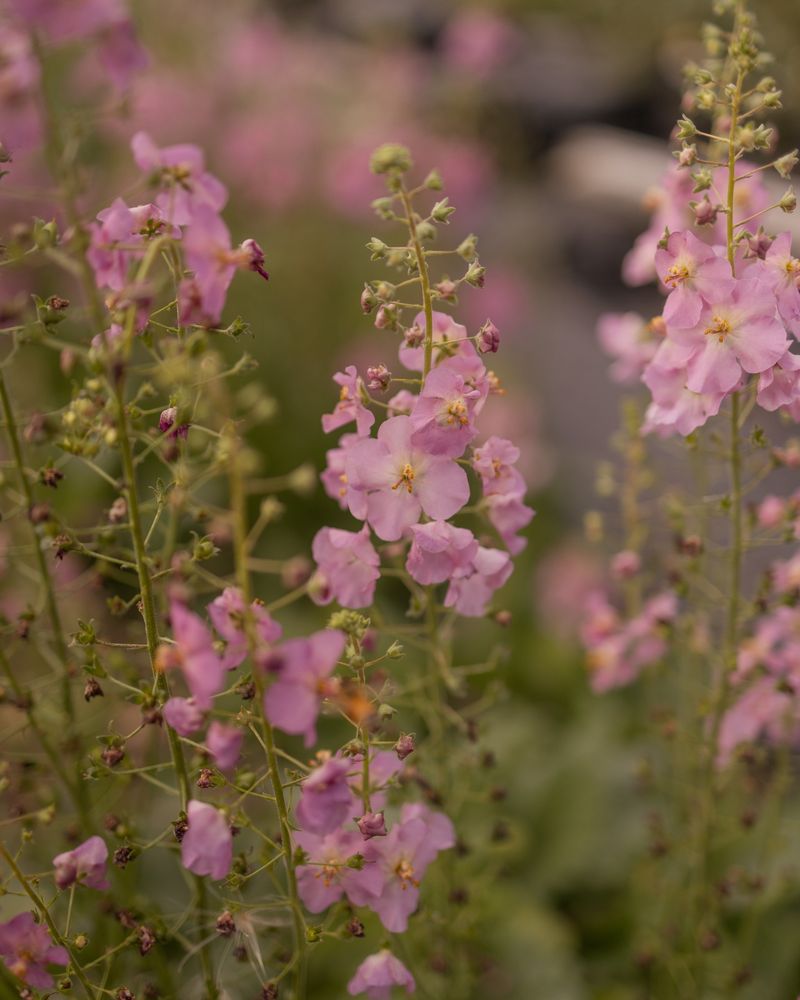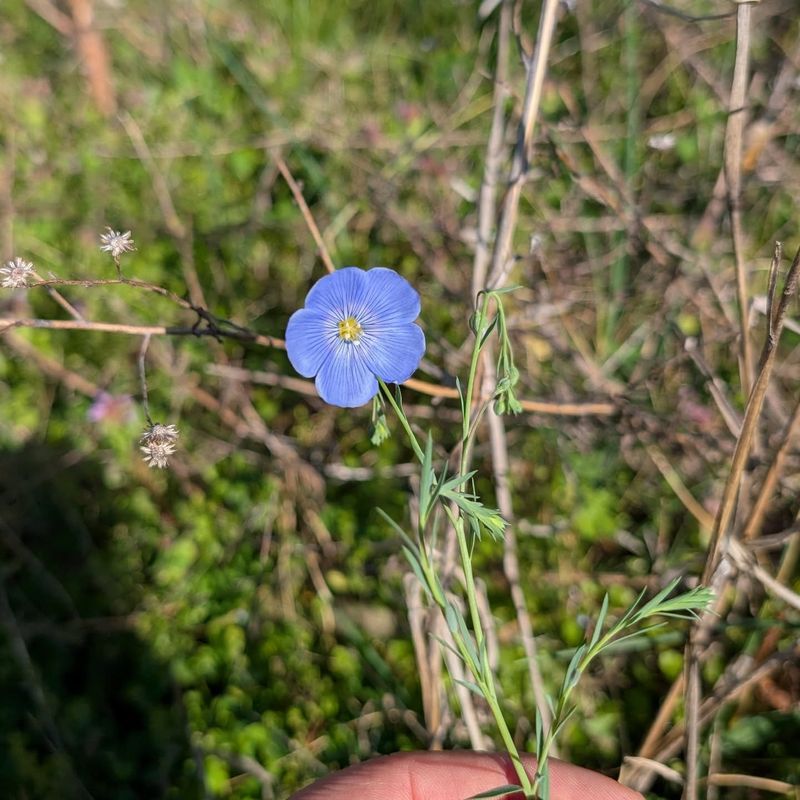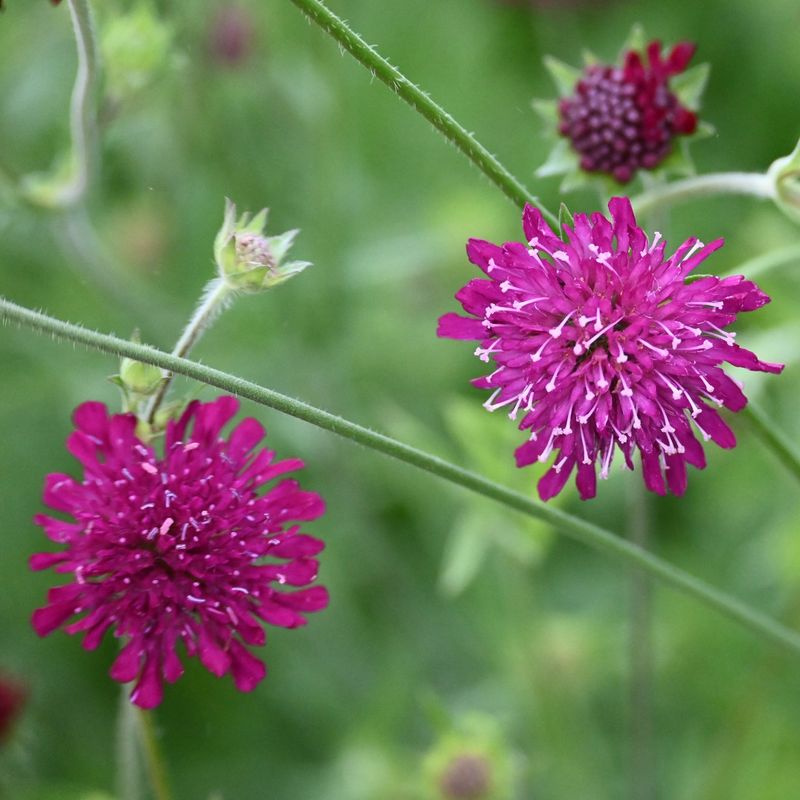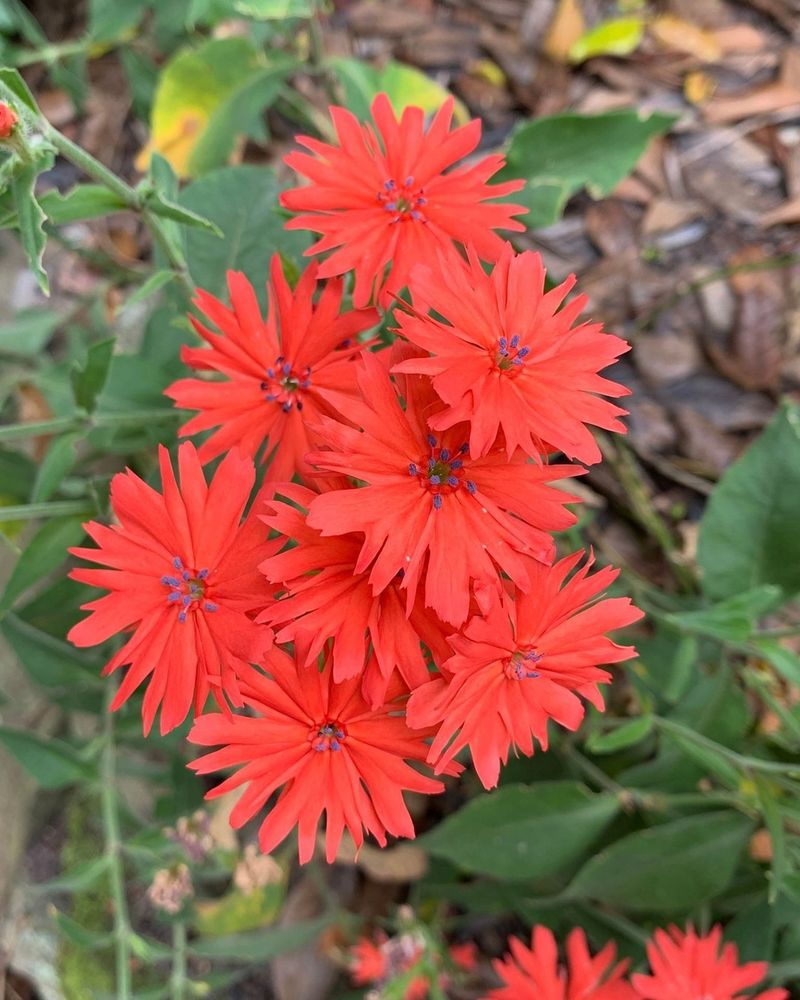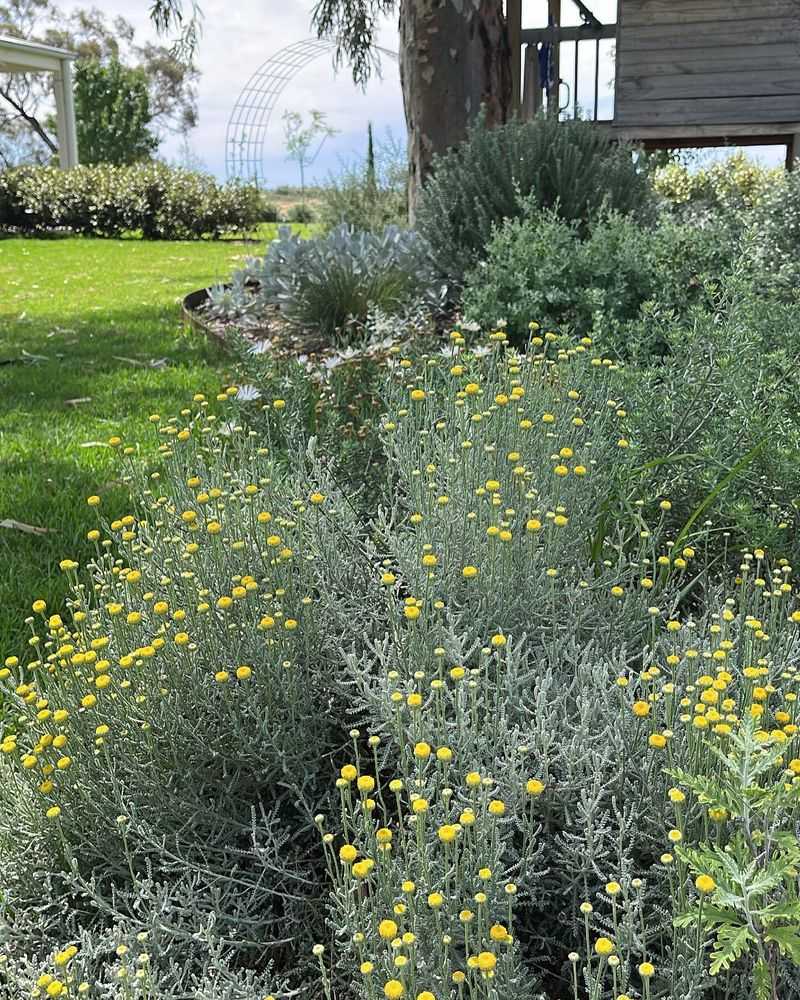They promise bursts of color year after year—but some perennials just don’t stick around long enough to deliver. I’ve planted a few with high hopes, only to watch them fade fast and leave empty spots behind.
These 17 might look lovely for a season or two, but don’t count on them for lasting impact. They’re more of a quick cameo than a long-term star.
If your garden’s been feeling a little patchy, one of these might be the culprit.
1. Columbine
Many gardeners fall in love with columbine’s delicate, dancing blooms only to wonder where they went after just 2-3 years. These woodland beauties self-seed enthusiastically but the parent plants often decline rapidly, especially in hot, humid climates.
Poor drainage is often the final blow for these short-lived perennials. While you might get volunteer seedlings popping up in unexpected places, the original plants you carefully positioned will likely need replacing before you know it. Their brief lifespan means you’ll be digging and dividing more often than you’d like.
2. Lupine
Those spectacular spires of lupine you fell for in the catalog rarely last beyond three years in most gardens. Heat and humidity are their worst enemies, causing these cool-climate lovers to decline rapidly once summer temperatures soar.
Even with perfect conditions, lupines tend to be moody, short-term garden residents. Their deep taproot makes them difficult to transplant, and they often refuse to bloom well after their initial magnificent display. Despite their brief tenure, many gardeners keep replanting them, unable to resist those dramatic flower spikes even knowing their fleeting nature.
3. Delphinium
Despite their stately beauty, delphiniums rarely persist beyond 2-4 years in most gardens. These aristocrats of the perennial border demand perfect conditions—cool summers, mild winters, and consistently moist but well-drained soil—requirements few gardens can provide.
Even with attentive care, they’ll decline after a few spectacular seasons. Slugs devour them, wind topples them, and heat exhausts them into early dormancy. Their fussy nature and tendency to rot in winter moisture means you’ll likely be replacing these blue beauties regularly, despite their technical classification as perennials.
4. Coreopsis
Those cheerful yellow blooms that seem so indestructible the first year often disappear by year three. Most gardeners experience coreopsis as short-lived, especially the newer, showier cultivars bred for bigger blooms rather than longevity.
Winter wet is typically what does them in, causing crown rot that no amount of dividing can fix. While some varieties might hang on longer, most need replacing every few years as they gradually decline and produce fewer flowers. Their tendency to die out in the center creates ragged-looking clumps that never quite recover their original vigor.
5. Gaillardia
Blanket flowers promise years of carefree color but often disappear mysteriously after just a couple seasons. These prairie natives hate wet feet and often rot out during winter moisture, leaving gardeners wondering what happened to last year’s vibrant display.
Even with perfect drainage, most varieties decline after their second or third year. Their heavy blooming habit seems to exhaust them, and deadheading only delays the inevitable decline. While they might self-seed occasionally, the original plants rarely maintain their vigor, forcing gardeners to replant regularly to maintain their fiery summer display.
6. Heuchera
Those gorgeous foliage colors that had you reaching for your wallet typically fade after just a few seasons. Heucheras have a frustrating habit of pushing themselves up out of the soil as they age, exposing their crowns to deadly winter conditions.
Freeze-thaw cycles are particularly harsh on these woodland natives, lifting them further from the protective soil each year. By year three, many heucheras look ragged and tired, with smaller leaves and less vibrant coloration. Despite being true perennials, most gardeners find themselves replacing them regularly as their once-stunning foliage becomes a shadow of its former glory.
7. Shasta Daisy
The pristine white blooms that look so perfect in their first season often become sparse and disappointing by year three. Shasta daisies typically bloom themselves into exhaustion, with each subsequent year producing fewer flowers on increasingly woody stems.
Wet winter soils spell doom for these short-lived perennials, causing root rot that no amount of dividing can remedy. While they’re classified as perennials, most gardeners find themselves replacing them every few years as the original clumps decline into scraggly, unproductive plants that barely resemble their former glory. Their tendency to develop bare centers further accelerates their visual decline.
8. Dianthus
Those charming pinks and sweet williams that caught your eye rarely maintain their vigor beyond a few seasons. Modern hybrid dianthus varieties, while showier than their ancestors, often lack the staying power of old-fashioned types, fizzling out after just 2-3 years of diminishing returns.
Wet winter conditions typically spell their demise, causing crown rot that spreads quickly through established clumps. Even with perfect drainage, most dianthus gradually become woody and less floriferous, producing fewer of their spicy-scented blooms each year. Their tendency to decline from the center outward creates unattractive bare spots that never quite fill in again.
9. Painted Daisy
Despite their cheerful appearance, painted daisies (Tanacetum coccineum) rarely maintain their vigor past their second or third season. These colorful perennials often succumb to crown rot in regions with wet winters, disappearing mysteriously between seasons.
Even in ideal conditions, they tend to bloom less impressively after their debut performance. Their tendency to develop sparse, leggy growth as they age further diminishes their garden impact. While technically perennial, most gardeners find themselves replacing them regularly as the original plants gradually fade away, leaving gaps in carefully planned color schemes.
10. Gaura
Those airy wands of butterfly-like flowers often vanish after just a couple of seasons, especially in regions with cold, wet winters. Gaura’s woody crown is particularly susceptible to rot, causing entire plants to collapse just when you’ve gotten used to their dancing summer display.
Even in mild climates, most gaura varieties grow increasingly woody and less floriferous with age. Their tendency to resent disturbance means division rarely rejuvenates them successfully. Despite being labeled as perennials, most gardeners treat them as short-term investments, expecting to replace them every few years as they inevitably decline.
11. Scabiosa
The pincushion flower charms gardeners with its delicate blooms but rarely sticks around for more than 2-3 years. Winter moisture is typically the culprit, causing crown rot that spreads quickly through established plants during dormant seasons.
Even with perfect drainage, scabiosa tends to grow increasingly woody and produces fewer flowers each year. Their tendency to die out from the center creates unattractive donut-shaped plants that never regain their former glory. While they occasionally self-seed, the original plants you carefully positioned will likely need replacing before you’ve fully enjoyed their company.
12. Verbascum
Those architectural spires of mullein rarely perform well beyond their second season in most gardens. Many varieties are actually short-lived perennials or biennials masquerading as long-term garden residents, blooming magnificently before declining rapidly.
Even the perennial types tend to exhaust themselves with their spectacular flowering display. Their deep taproots make division nearly impossible, so rejuvenation isn’t an option when they begin to fade. While they might self-seed if you’re lucky, the original plants typically decline into woody, unproductive specimens that bear little resemblance to their former glory.
13. Armeria
Sea thrift’s tidy mounds of grassy foliage often start to deteriorate after just 2-3 seasons in most gardens. These coastal natives particularly resent heavy soils and winter moisture, conditions that cause rapid decline in their otherwise sturdy-looking clumps.
Even in perfect settings, armeria tends to develop bare centers as they age, creating unsightly gaps in their once-perfect mounds. The diminishing flower count each subsequent year further signals their gradual decline. While dividing can sometimes extend their life, most gardeners find themselves regularly replacing these short-lived perennials as they inevitably deteriorate.
14. Perennial Flax
Those ethereal blue flowers dancing on wiry stems rarely persist beyond 3-4 years in most gardens. Perennial flax (Linum perenne) particularly resents wet winter conditions, often disappearing without a trace between seasons despite its hardy reputation.
Even with perfect drainage, these short-lived perennials tend to grow increasingly sparse and produce fewer of their delicate flowers each year. Their tendency to self-seed sometimes creates the illusion of longevity, but the original plants gradually fade away. Most gardeners find themselves regularly replanting these blue beauties to maintain their wispy presence in the garden.
15. Knautia
Despite its sturdy appearance, knautia often begins declining after just 2-3 seasons in most gardens. These pincushion-like flowers typically succumb to crown rot in regions with wet winters, disappearing between seasons without warning signs.
Even with perfect drainage, most varieties develop woody, unproductive centers as they age. Their diminishing flower count and increasingly sparse growth clearly signal their gradual decline. While they occasionally self-seed, the original plants rarely maintain their vigor, forcing gardeners to regularly replace them to keep enjoying their burgundy blooms.
16. Lychnis
Those vibrant campion flowers that caught your eye at the garden center rarely maintain their vigor beyond 2-3 years. Many lychnis varieties, including the popular rose campion, are actually biennial or short-lived perennials that bloom themselves into exhaustion.
Even the longer-lived types tend to decline rapidly after their initial spectacular display. Their tendency to develop woody, unproductive centers creates unsightly gaps in once-lush clumps. While they often self-seed generously, the original plants you carefully positioned will likely need replacing before you’ve fully enjoyed their company.
17. Lavender Cotton
Santolina’s silvery foliage looks nearly indestructible but often deteriorates after just 3-4 years in most gardens. These Mediterranean natives particularly resent winter moisture, which causes rapid decline and dieback even in established specimens.
Even with perfect drainage, lavender cotton tends to grow increasingly woody and sparse with age. Their tendency to split open from the center creates unattractive gaps that never quite fill in again. While hard pruning can temporarily rejuvenate them, most gardeners find themselves replacing these silver beauties regularly as they inevitably develop a ragged, unkempt appearance.

